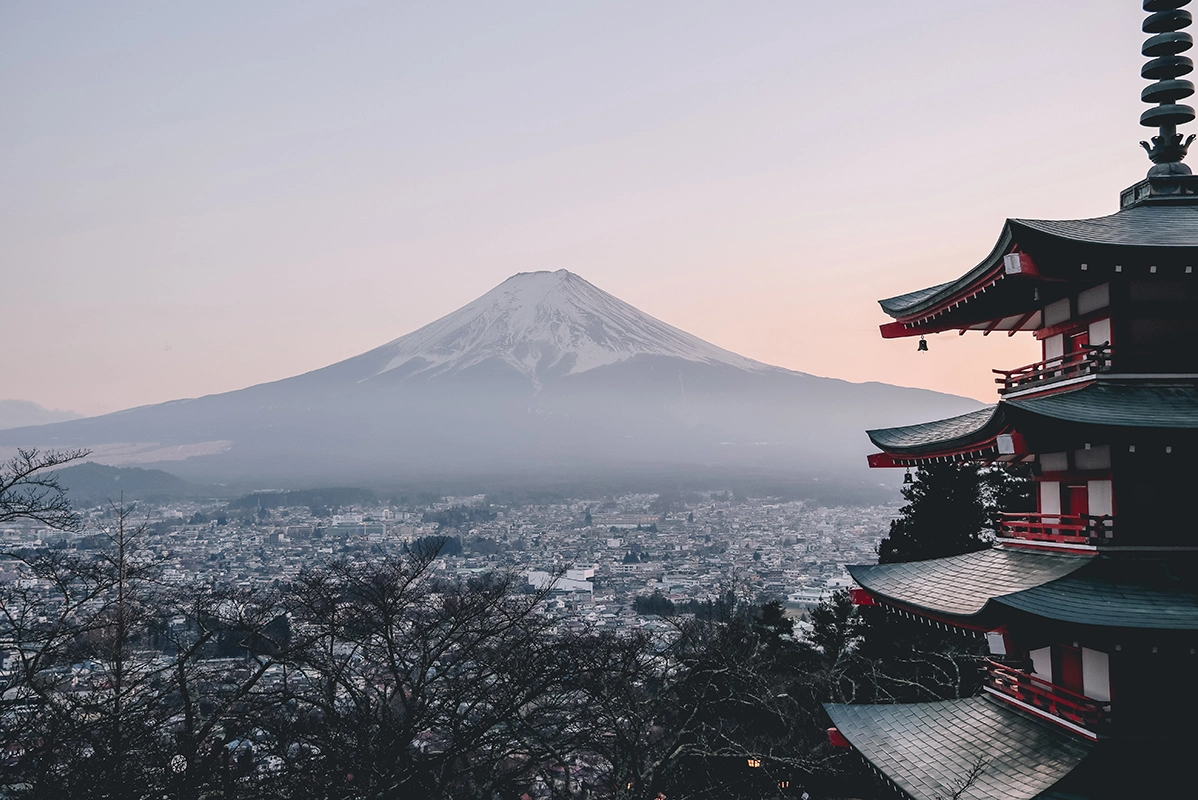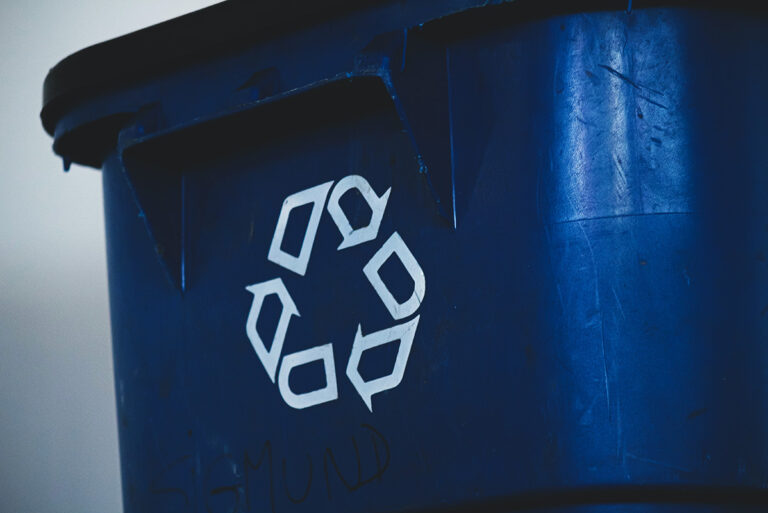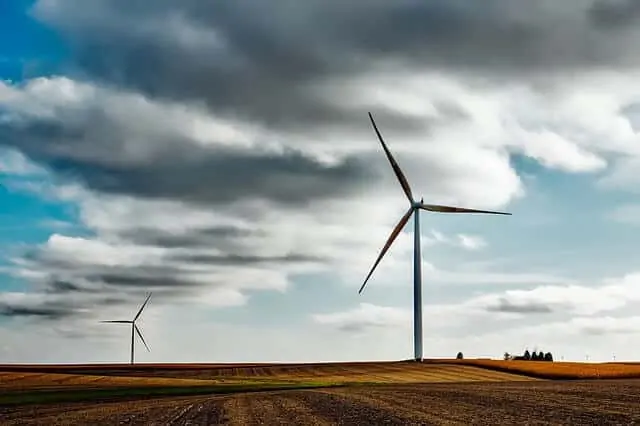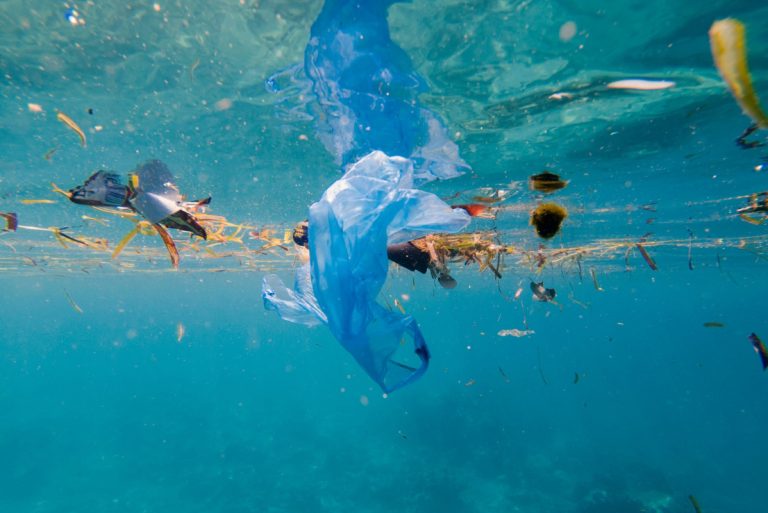Environmental issues in Japan range from waste disposal issues to protecting biodiversity and precious coral reefs. The highly-developed island nation is an interesting test case for dealing with many of the challenges shared by the rest of the world, and provides a number of lessons we can learn from.
6 key environmental issues and movements in Japan
With over 125 million people living on a series of islands, Japan is a densely-populated country. It’s also biologically diverse with a range of climates and types of habitats, giving it a unique set of environmental issues and challenges.
The Japanese government and population are rising to this challenge, with a range of innovative solutions and policies, some of which set an example for the rest of the world to follow. Let’s take a closer look at the key environmental issues in Japan, and how the nation is tackling them head-on.
1. Waste management
Waste is a critical global issue, but managing waste is especially problematic in Japan, thanks to its dense population and high level of development. The country is the world’s second-highest generator of plastic packaging waste, with total volumes of municipal waste increasing exponentially since the mid-20th century, as the island nation rapidly industrialized.
Japan has long relied on incineration to deal with the large amounts of waste its population produces, destroying almost two-thirds of its trash this way. While countries like the US send the majority of their waste to landfill, this simply isn’t an option for Japan, which lacks the space to accommodate large landfill sites.
While sending trash to landfill has its own environmental implications, incinerating trash is perhaps even more problematic. It releases particulate matter, toxic chemicals, and heavy metals into the air which can be damaging to the environment as well as to human health.

Source: Wikimedia / Kakidai
This is one of the reasons that Japan has high levels of dioxins in its atmosphere, a group of compounds that are classified as persistent environmental pollutants (POPs). Dioxins can accumulate in the food chain, and threaten human health when ingested via food.
In 2001, the US Department of Justice raised issues with Japan over health risks to American service members stationed in the country. The DoJ claimed these deaths were caused by pollution from the Jinkanpo Atsugi Incinerator, and worked with the Japanese government to close the facility.
In recognition of this issue, local communities and municipalities have started introducing initiatives to slash the amount of waste they produce, mostly through recycling. Governments at various levels are supporting this movement through sponsoring technological advancements in incineration and recycling, as well as better packaging labeling and other policies to encourage recycling.
The town of Kamikatsu, for example, set a goal to become zero-waste by 2020. In 2018, the town reported an 81% recycling rate, which is very impressive compared to just under 24% of US municipal waste.
2. Nuclear power and radioactive waste
Japan was one of the countries that is the most reliant on nuclear power, generating around one-third of its electricity prior to 2011, but this has fallen significantly since then. This creates another critical waste management issue: how to deal with radioactive materials.
The nation is making moves to establish an underground storage site for radioactive waste, but the high level of seismic activity in Japan has led to a range of concerns over the underground storage of nuclear waste.
Public support for nuclear energy, which was previously very high, has waned since the 2011 incident at the Fukushima Daiichi nuclear power plant. A tsunami triggered a meltdown at three of the facility’s nuclear reactors when the loss of power caused their cooling systems to fail.
Now only 18% of the Japanese population is in favor of nuclear reactors.
In 2021, Japan attracted international criticism for dumping contaminated wastewater from the decade-old disaster into the Pacific – further highlighting its struggles with dealing with radioactive waste.
Therefore, the long-term solution may be to move towards less problematic sources of energy such as renewables. Japan is already making significant strides in this direction – more on this later.
3. Fishing and whaling
Overfishing is an issue in many parts of the world, but it’s particularly pertinent in the island nation of Japan, whose diet relies heavily on fish and fish products.
The average Japanese person eats around three pounds of fish a day. Therefore, it’s not surprising that the country is one of the world’s biggest catchers of fish, resulting in overfishing in Japan’s waters with consistently declining fish stocks. As a result, Japan has tightened its rules on fishing in recent years.
Whaling is another key environmental issue. Whale meat was an important part of the traditional Japanese diet, served raw and cooked in a number of dishes.
In 1986, Japan banned commercial whaling in 1986, “research whaling” never stopped, and limited commercial whaling in Japan’s own waters resumed in 2018.

Source: Wikimedia / Customs and Border Protection Service, Commonwealth of Australia
On the other hand, the Japanese government emphasizes that it is an important part of their culture and argues that whaling can be conducted responsibly and sustainably. Though they set caps on the number of whales that boats can kill as part of sustainability quotas, this move continues to be met with international outcry.
4. Disappearing coral reefs
In 2016, Japan’s largest coral reef, the Sekiseishoko reef in the Sekisei lagoon experienced a mass bleaching event, destroying around 70% of the coral, with over 90% at least partially bleached.
The reef had been notable not only for its beauty and size, but also its diversity; over 400 different types of coral had been observed there.
The causes of this catastrophic event have been identified as rising sea temperatures due to climate change, as well as the introduction of starfish that eat the coral.

This issue is not unique to Japan, with rising sea temperatures impacting coral reefs all around the world. The world’s largest coral reef, the Great Barrier Reef in Australia, has reportedly lost half of its corals over the past 20 years.
The solution also needs to be a global one: scientists argue that we need dedicated, worldwide action to reduce carbon emissions and prevent further rising temperatures, both on land and in the ocean.
5. Protecting biodiversity and endangered species
According to National Geographic, Japan is one of 36 biodiversity hotspots in the world, that is, places where an exceptional number of unique species are surviving under the threat of extinction. Therefore, protecting this biodiversity and preventing important species from becoming extinct is another key environmental challenge the country faces.
Since the 1980’s, scientists have understood the importance of biodiversity and the need to protect every species in order to avoid upsetting the fragile balance of nature’s ecosystems. Japan is made up of nearly 7000 different islands, formed by tectonic activity and spanning a range of climates.

Source: Wikimedia / Yblieb
The country’s plants and animals evolved over time, adapting to these conditions, and being left largely untouched in isolation for millions of years. Nearly half of its animals and reptiles and around one-third of its plants are unique to Japan, giving the nation a responsibility to protect them.
It is rising to this challenge, with the Japanese government leading the way with a range of initiatives to protect its unique species and biodiversity. These include working with farmers to reduce their use of pesticides and fertilizers to protect the broader ecosystem, and breeding programs for endangered species.
Many see Japan as setting an example for other countries to follow in protecting their own native species and promoting biodiversity.
6. Japan’s green future: carbon neutral by 2050
In recent years, Japan has become a global leader in carbon neutrality. The world’s fifth-largest emitter of greenhouse gases, in 2020 the country announced that it planned to be carbon neutral by 2050.
This will be no mean feat: in 2018, Japan produced more than one billion tons of greenhouse gases, so reducing this to net zero will be an enormous challenge. It will involve completely reimagining the country’s industrial structures and implementing sustainable practices at all levels, from individuals to large companies.

A big part of the government’s approach is heavy investment in new green technologies, from the research and development phase to full-scale commercialization and implementation. To do this, the Japanese government launched a 2 trillion yen ($15 billion) innovation fund in December 2020 which promises to fund everything from next-generation solar panels to hydrogen planes and cargo ships and fuel cell vehicles.
Another initiative is to make sure 100% of all new passenger car sales are of electrified vehicles by 2035, an area where Japan is already a global leader. Other approaches include building post-combustion CO2 capture plants and massive offshore wind turbines.
Although the plan is being driven by the Japanese government, the business sector is also stepping up, with many companies and business associations adopting low-carbon action plans as part of a shifting culture towards sustainability.
However, it’s important to consider how much this relies on nuclear power: Japan’s plan involves revitalizing its nuclear industry and even building new plants. Given the concerns of nuclear power, and Japan’s particular issues with disposing of reactive waste, this could lead to further environmental and safety issues in the future.
Final thoughts
Though the country is unique in many ways, many of the environmental issues Japan faces are shared by the rest of the world. From coral bleaching and species extinction to dealing with radioactive waste and striving for carbon neutrality, there are a range of lessons we can learn from the island nation, both good and bad.
In particular, the country is taking amazing strides towards becoming carbon neutral in just a few decades, all the more impressive given its status as one of the world’s biggest emitters. However, this approach relies partly on increased reliance on nuclear energy, which comes with its own environmental concerns.
For more on the nuclear power debate, take a look at this guide to the pros and cons of nuclear energy or learn more about the types of renewable energy.












